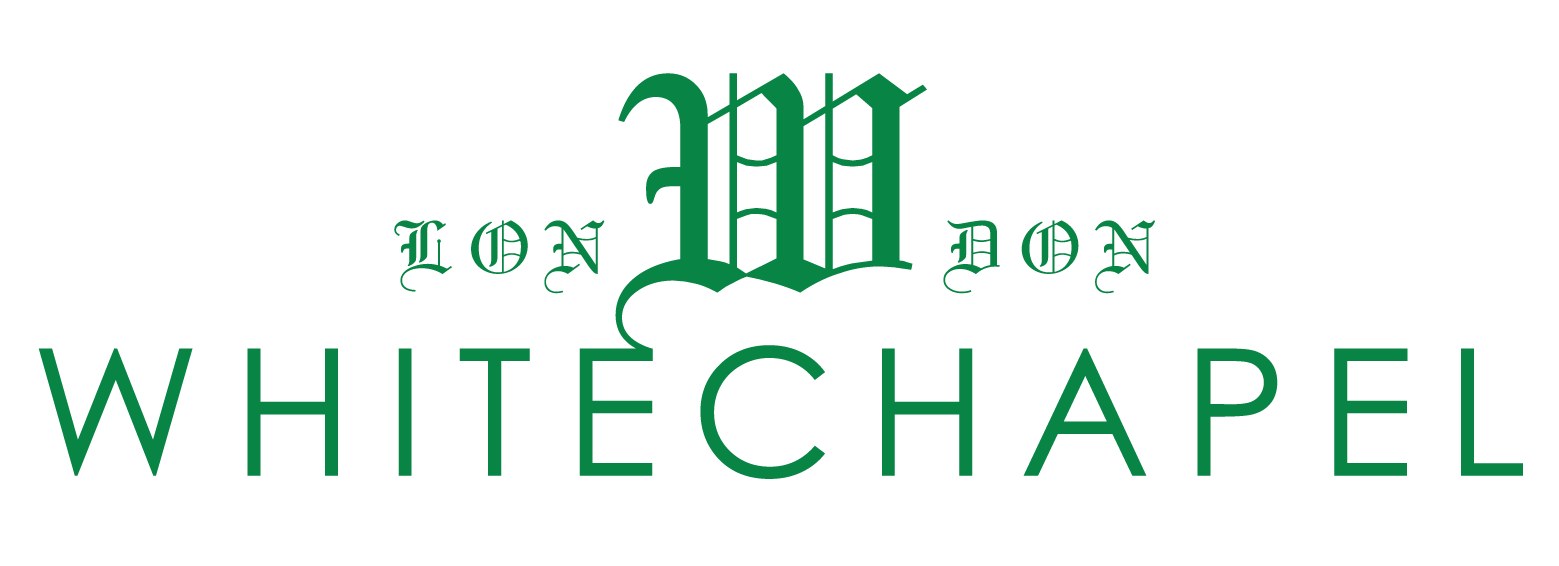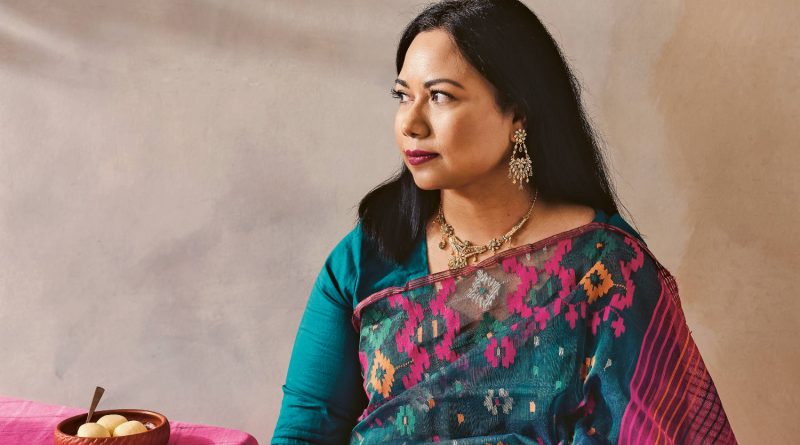‘A love letter to the country of my birth’: Dina Begum’s new cookbook celebrates Bangladeshi cooking
Dina Begum’s new cookbook Made in Bangladesh showcases the long-overlooked flavours and culture of Bangladeshi food and preserves them for the next generation.
Dina Begum’s new cookbook Made in Bangladesh showcases the long-overlooked flavours and culture of Bangladeshi food and preserves them for the next generation. Begum claims to have written the first mainstream Bangladeshi cookbook.
The book is divided into six parts. The recipes selected showcase the range of Bangladeshi food and how it changes with the weather.
Bangladeshi food is diverse. Each region of the country has its unique flavours. In the West, flavours tend to be milder and sweeter whereas the South-East of Bangladesh has a significant South-East Asian influence, with frequent use of coconut.
‘The book is more of a snapshot of my favourite dishes, but there is so much more below the surface,’ explains Begum.
One of Begum’s favourite dishes is shatkora diye gorur mangsho (beef with shatkora citrus). It is a recipe from Sylhet, where Begum was born. Unique flavours, like the bittersweet shatkora fruit in this recipe, are typical of Bangladeshi cuisine.
The introduction explains some of these distinctive ingredients used and the structure of a Bangladeshi meal. Begum recommends Taj Stores as a great place to find these less common ingredients. She has also included plenty of substitutes in the book.
The cookbook is so much more than just a collection of recipes for Begum. ‘I want to show a positive and joyous angle on Bangladesh. People don’t know about Bangladesh or its cuisine. I want people to find out more about this vibrant community.’
Begum wants to help people in the Bangladeshi diaspora to reconnect with Bangladeshi food. Begum’s mother taught her how to cook many of these recipes, but none of them were written down.
Her mother cooked using antaaz, or estimation. She just knew when things were right. This means that recipes are at risk of being forgotten if they aren’t preserved.
‘Not much is written about traditional Bangladeshi food, so it was important to create a reference point in English,’ Dina Begum explains. ‘Younger people don’t cook or know about these dishes. Food connects us to our heritage. So I’m trying to give people something to refer to. It’s a way to delve into the dishes they grew up with.’
Nothing beats home cooking in Begum’s opinion. But if you aren’t gifted in the kitchen or just fancy a meal out, Begum recommends Graam Bangla on Brick Lane or Feast and Mishti on Whitechapel High Street for authentic Bangladeshi food.
The best place to purchase Made in Bangladesh is here: https://geni.us/madeinbangladesh.
If you enjoyed this article, you might enjoy our interview with Imam Ajmal Masroor who spoke to us about multiculturalism, identity and community.

